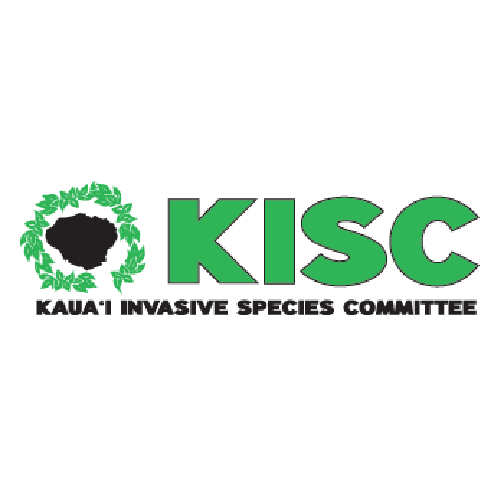Family: Amaranthaceae
Amaranthus tricolor, commonly known as Chinese amaranth or Chinese spinach, is a colorful leafy vegetable valued both for its ornamental foliage and as an edible green. Its leaves come in striking shades of red, yellow, and green, making it a popular choice in gardens for visual appeal as well as for use in the kitchen. The plant is fast-growing, thrives in warm climates, and is commonly used in Asian cuisine, where the tender leaves are stir-fried, boiled, or added to soups. It is also noted for its high nutritional content, being rich in vitamins, minerals, and antioxidants.
In Hawaiʻi, Amaranthus tricolor is currently only found in cultivation, but it possesses traits—such as rapid growth, abundant seed production, and tolerance of disturbed areas—that could allow it to escape gardens and compete with desirable vegetation. While it has not yet shown invasive tendencies in the Islands, its close relatives include aggressive weeds, so caution is warranted. Gardeners who enjoy its vibrant foliage and edible qualities are encouraged to manage it carefully and dispose of plant material responsibly to minimize the risk of spread into natural or agricultural areas.
High Risk Traits:
- Thrives in tropical/subtropical climates and is environmentally versatile.
- Naturalized outside its native range (e.g., Guam, China).
- Designated as invasive.
- Related species are major weeds.
- Self-fertilizing and produces viable seed.
- Fast-growing annual.
- Seeds spread by human activity, animals, and livestock.
Low Risk Traits:
- Non-toxic and edible.
- Lacks spines, thorns, or burrs.
- Requires full sun; not shade-tolerant.
- Does not climb or form dense thickets.
- Limited natural dispersal (not wind-dispersed).




